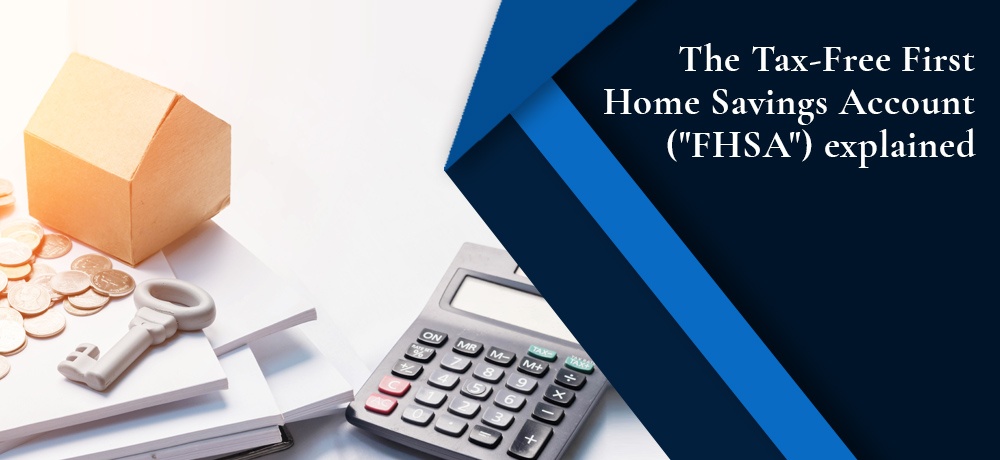The Tax-Free First Home Savings Account ("FHSA") explained

The Tax-Free First Home Savings Account ("FHSA") explained If you or someone you know is saving for a down payment on their first home, the Federal government announced a new program aimed at first-time buyers in their recent budget. The First Home Savings Account combines the features of an RRSP and TFSA to give prospective homeowners some tax relief and a boost toward their homeownership goals.

Here are the highlights:
- Account holders can contribute up to $8,000 annually, up to a lifetime maximum of $40,000.
- Just like an RRSP, contributions made to an FHSA are tax deductible.
- Like a TFSA, funds can be withdrawn from an FHSA tax-free – provided the funds are used for a home purchase.
- Funds in an FHSA can be invested in allowable (not yet disclosed by the government) investment assets such as stocks, bonds, mutual funds, etc. and any growth/income from these investments are not taxable.
- Transfers can be made from an RRSP to an FHSA but are subject to the annual contribution limit of $8,000. However, when money is transferred from an RRSP to an FHSA there is no adjustment to available RRSP contribution room.
- Transfers can be made from an FHSA to an RRSP or RRIF if not purchasing a home and this will not affect RRSP contribution room – essentially giving qualified account holders an additional $40,000 in RRSP contribution room.
For those who are in the saving stage of their home buying journey, there is no downside to the FHSA as a savings vehicle. You’ll get the tax deduction on contributions, like an RRSP, and the tax-free growth and withdrawal of funds when it’s time to purchase a home. If the home purchase doesn’t materialize, funds can be transferred to an RRSP or RRIF tax-free and added to a retirement nest egg.
The FHSA does not replace the existing RRSP Home Buyer’s Plan but provides another tax-advantaged home-savings opportunity for Canadians buying their first home. The two programs cannot be used in tandem. Unlike the RRSP Home Buyer’s Plan, however, the FHSA does not require that funds withdrawn from the account be repaid.
The First Home Savings Account is expected to be up and running sometime in 2023. There are numerous eligibility requirements, and rules and conditions and I would be happy to explain the details to you – if this is something you think you’d like to take advantage of.
Did you know?
The Bank of Canada will make their next rate announcement on June 1 and many industry experts are predicting another .5% rate hike. Let’s review your mortgage strategy now and determine the best way for you to navigate the rising rate environment. A short-term adjustment might pay off in the long run. It all starts with a conversation. Get in touch today.